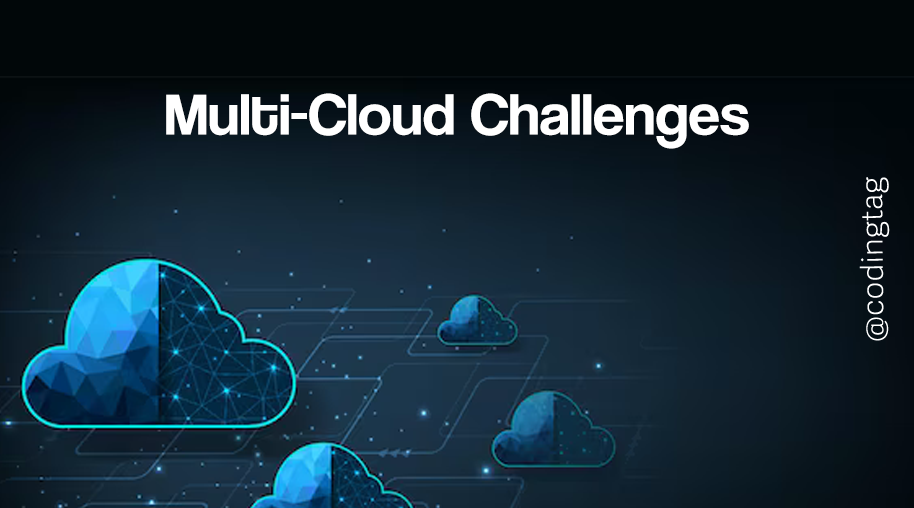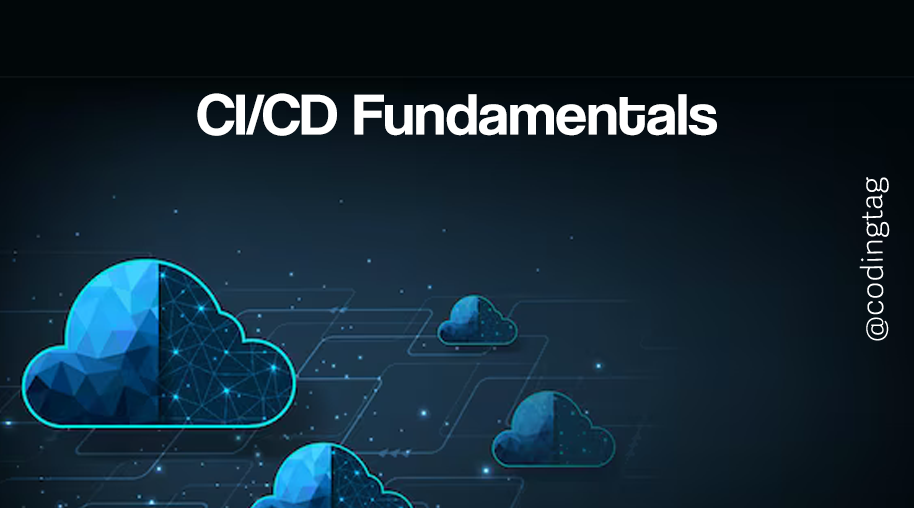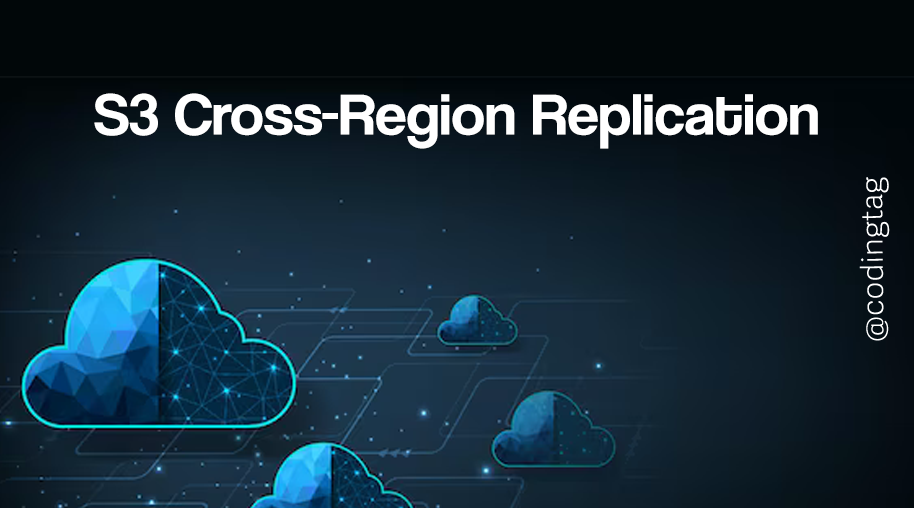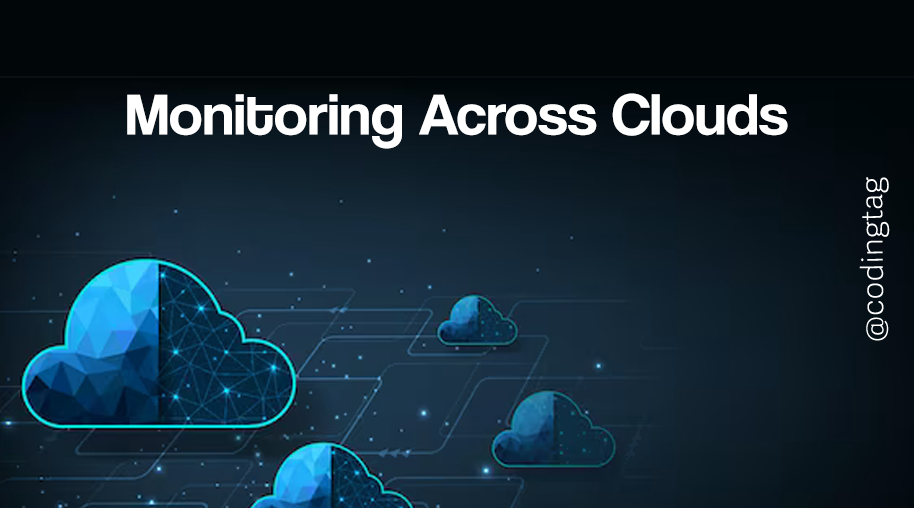Multi-Cloud Challenges
0 515
Multi-Cloud Challenges
Adopting a multi-cloud strategy brings flexibility, resilience, and performance benefits, but it also comes with its share of operational complexities and technical obstacles.
In this topic, we'll explore the most common Multi-Cloud Challenges organizations face and how to mitigate them effectively.
1. Increased Operational Complexity
Managing different cloud platforms means dealing with varying APIs, consoles, and configuration standards. This leads to inconsistent operations, especially when teams aren’t well-versed with all platforms.
Tip: Use infrastructure-as-code tools like Terraform to manage cloud resources uniformly.
// Example: Terraform provider block for AWS and GCP
provider "aws" {
region = "us-west-2"
}
provider "google" {
project = "my-gcp-project"
region = "us-central1"
}
2. Security and Compliance
Each cloud vendor provides unique security tools and compliance features. Managing consistent policies across platforms—such as access control, encryption, and audit logging—is extremely challenging.
Tip: Implement centralized identity and access management using tools like Azure AD or AWS IAM Identity Center, and enforce consistent security baselines using policy-as-code tools like OPA (Open Policy Agent).
3. Data Movement and Latency
Moving large datasets between cloud providers often incurs high bandwidth costs and latency, especially in data-intensive applications like analytics and machine learning.
Tip: Minimize cross-cloud communication. Instead, use data replication strategies or cloud-native data warehousing solutions like BigQuery (GCP) or Redshift (AWS) tailored to each provider.
4. Cost Visibility and Optimization
Each cloud has different billing structures. In a multi-cloud setup, tracking and optimizing costs across platforms can be difficult and error-prone.
Tip: Use cloud cost management tools such as CloudHealth, Spot.io, or native tools like AWS Cost Explorer and Azure Cost Management to consolidate and analyze expenses.
5. Skill Gaps and Tooling Mismatch
Your DevOps and cloud engineers need to understand multiple cloud platforms. This leads to steep learning curves and potential human errors due to unfamiliarity.
Tip: Invest in cross-cloud training programs and adopt cloud-agnostic tools (like Kubernetes, Prometheus, or HashiCorp Vault) to standardize operations.
6. Vendor-Specific Dependencies
Using proprietary services from one cloud can make migrating or replicating those services on another cloud provider very difficult or sometimes impossible.
Tip: Prefer open-source alternatives and containerized services that can run across multiple environments.
// Example: Dockerizing a Node.js App FROM node:18-alpine WORKDIR /app COPY . . RUN npm install CMD ["node", "index.js"]
7. Monitoring and Observability
Maintaining a unified view of system health across multiple clouds is complex. Native monitoring tools like CloudWatch (AWS) or Stackdriver (GCP) don't integrate well across platforms.
Tip: Use multi-cloud observability platforms like Datadog, New Relic, or OpenTelemetry to centralize logs, metrics, and traces.
8. Disaster Recovery and High Availability
Ensuring seamless failover and consistent backup strategies across cloud providers is challenging due to differences in infrastructure design and data replication techniques.
Tip: Plan your Recovery Time Objectives (RTO) and Recovery Point Objectives (RPO) clearly for each environment and test failover scenarios frequently.
9. Governance and Policy Enforcement
Cloud sprawl can result in shadow IT, misconfigured resources, and compliance violations if there is no centralized governance model.
Tip: Leverage tools like AWS Organizations, Azure Management Groups, and GCP Resource Hierarchy, alongside automation platforms like ServiceNow and Cloud Custodian for governance control.
10. Integration Between Services
Cross-cloud service integration (e.g., an Azure Function calling an AWS Lambda) is non-trivial and may involve custom authentication and network routing.
Tip: Use APIs or event-driven architectures to loosely couple services. Standardize communication via REST or gRPC to enhance portability.
Conclusion
While multi-cloud architectures can offer greater resilience and flexibility, they require well-planned strategies to overcome key technical and operational hurdles.
By adopting best practices around automation, observability, cost control, and security, teams can fully harness the benefits of multi-cloud environments while minimizing the challenges.
If you’re passionate about building a successful blogging website, check out this helpful guide at Coding Tag – How to Start a Successful Blog. It offers practical steps and expert tips to kickstart your blogging journey!
For dedicated UPSC exam preparation, we highly recommend visiting www.iasmania.com. It offers well-structured resources, current affairs, and subject-wise notes tailored specifically for aspirants. Start your journey today!

Share:







Comments
Waiting for your comments